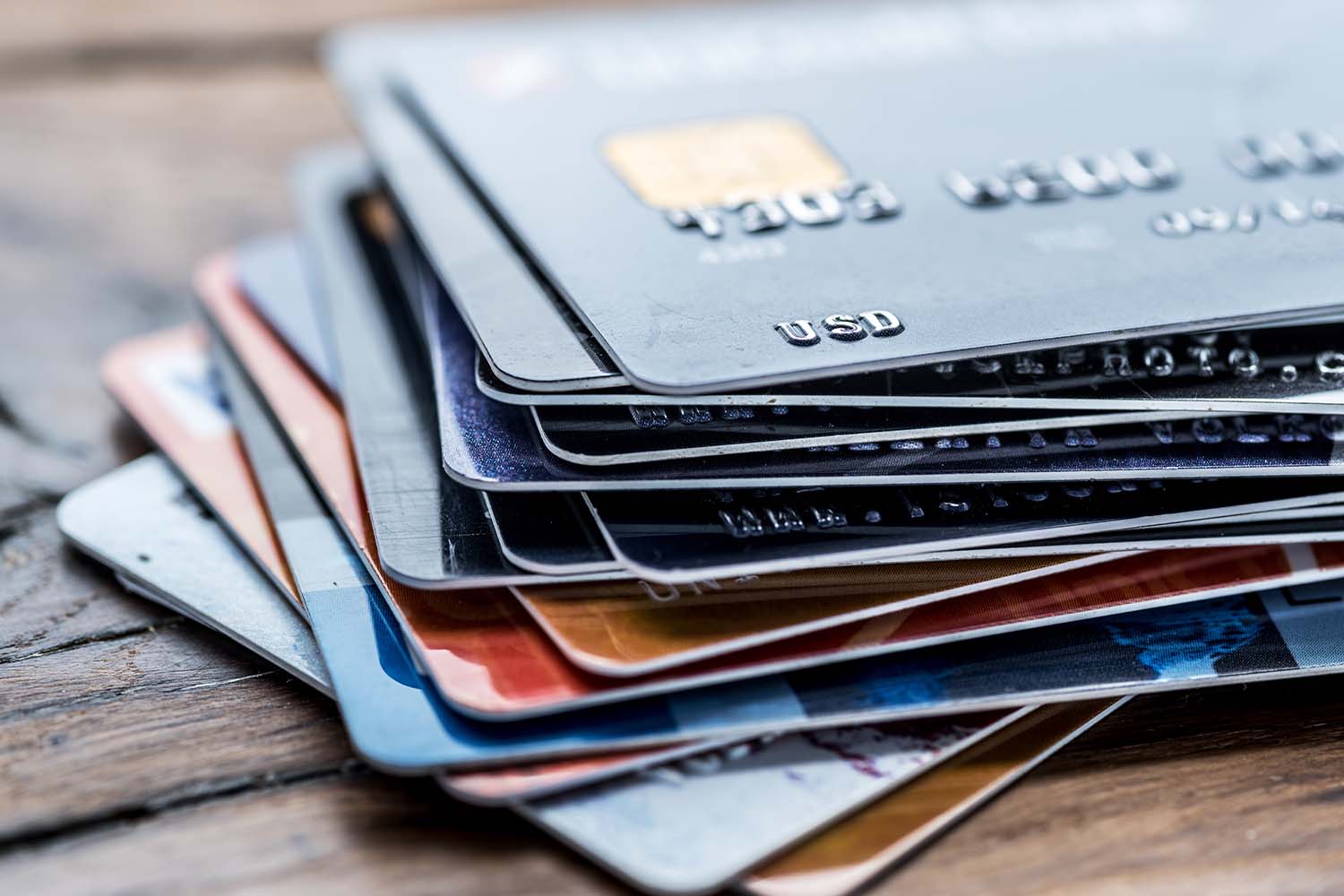

Articles
How To Store Credit Cards
Modified: January 18, 2024
Learn the best practices for securely storing credit cards with our informative articles. Protect your sensitive information with expert tips and advice.
(Many of the links in this article redirect to a specific reviewed product. Your purchase of these products through affiliate links helps to generate commission for Storables.com, at no extra cost. Learn more)
Introduction
Welcome to the world of credit cards, where convenience meets financial power. These little pieces of plastic have revolutionized the way we shop, travel, and manage our finances. With just a simple swipe or tap, we can purchase goods and services, book flights and hotels, and even pay our bills online. However, with great power comes great responsibility, and this holds true for credit cards as well.
While credit cards offer numerous advantages, it is essential to handle them responsibly and store them securely. Properly storing your credit cards not only ensures their longevity but also protects your financial information from theft or misuse. In this article, we will explore the importance of storing credit cards properly and provide valuable tips to help you keep your cards safe and secure.
So, why exactly is it crucial to store credit cards securely? The answer lies in the sensitive information these cards carry. Each credit card is linked to your financial accounts, making it a potential goldmine for fraudsters and identity thieves. Storing your credit cards in a secure manner significantly reduces the risk of unauthorized access and fraudulent activities.
Now that we understand the importance of storing credit cards properly, let’s explore some practical tips to ensure the safety and longevity of your credit cards.
Key Takeaways:
- Securely storing credit cards is crucial to prevent unauthorized access, fraudulent activities, and physical damage. Utilize designated wallets, avoid magnetic fields, and choose secure storage locations to safeguard your financial information.
- Embrace technology for secure digital storage of credit cards, update card information regularly, and remain vigilant to protect against unauthorized activity. By following best practices, you can ensure the safety and integrity of your financial well-being.
Read more: How To Store Credit Cards On IPhone
Why is it important to store credit cards properly?
Properly storing your credit cards is vital for maintaining the security and integrity of your financial information. Here are a few key reasons why it is important to store credit cards properly:
- Preventing unauthorized access: Storing your credit cards securely reduces the risk of unauthorized individuals gaining access to your card details. This is especially crucial in cases where your card is misplaced or stolen. By keeping your cards safely stored, you can mitigate the chances of someone else using your credit card without your knowledge or consent.
- Avoiding fraudulent activities: Properly storing your credit cards minimizes the risk of card cloning, skimming, or other forms of credit card fraud. When your cards are stored securely, it becomes much harder for fraudsters to obtain your card information and use it for unauthorized transactions.
- Protecting your financial reputation: A compromised credit card can have a significant impact on your financial reputation. If your card is used for fraudulent purposes, it could lead to discrepancies in your credit history and damage your credit score. By storing your cards properly, you can maintain your financial integrity and avoid the potential repercussions of credit card fraud.
- Preserving the physical condition of your cards: Credit cards are not indestructible. Storing your cards properly helps prevent physical damage that can render them unusable. Keeping them in a designated wallet or cardholder, away from sharp objects or liquids, ensures that your cards remain in good condition and can be used for an extended period of time.
By understanding the importance of storing credit cards properly and implementing secure storage practices, you can effectively safeguard your financial information and enjoy peace of mind knowing that your credit cards are protected.
Tips for storing credit cards securely
To ensure the safety and security of your credit cards, here are some essential tips for storing them securely:
- Use a designated wallet or cardholder: Invest in a quality wallet or cardholder specifically designed for storing credit cards. These accessories often feature RFID-blocking technology to protect against electronic skimming. Additionally, they provide compartments or sleeves to keep your cards organized and prevent them from getting damaged or scratched.
- Avoid exposure to magnetic fields: Credit cards contain magnetic strips that can be easily erased or demagnetized if exposed to strong magnetic fields. Keep your cards away from objects such as magnets, speakers, or electronic devices with powerful magnets to prevent damage to the magnetic strip and ensure your card remains functional.
- Avoid exposure to extreme temperatures: Extreme heat or cold can damage your credit cards. Avoid leaving your cards in direct sunlight, near heaters, or in freezing temperatures. Excessive heat can melt the plastic, while extreme cold can make it more brittle and prone to breakage.
- Choose a secure storage location at home: When storing your credit cards at home, choose a secure and discreet location. Consider using a lockable drawer, safe, or a hidden compartment to reduce the risk of theft or unauthorized access. Remember to keep this information confidential and only share it with trusted individuals.
- Utilize technology for secure digital storage: If you prefer digital storage, consider using secure mobile wallet applications or password-protected digital wallet services. These services encrypt your credit card information and provide an added layer of security when making online or contactless payments.
- Update credit card information regularly: Periodically review your credit card statements and update your card information if you notice any suspicious activity or unauthorized transactions. Promptly inform your bank or credit card provider to report any issues and request a replacement card if necessary.
By implementing these tips for storing credit cards securely, you can protect yourself against unauthorized access, prevent physical damage, and reduce the risk of credit card fraud. Remember, maintaining the security and integrity of your credit cards is crucial for your financial wellbeing and peace of mind.
Using a designated wallet or cardholder
One of the simplest and most effective ways to store your credit cards securely is by using a designated wallet or cardholder. These accessories are specifically designed to keep your cards organized and protected from damage or unauthorized access. Here’s why using a designated wallet or cardholder is highly recommended:
Organization: A designated wallet or cardholder provides compartments or sleeves to neatly store your credit cards. This helps you keep them organized and easily accessible when you need them. No more fumbling through your bag or wallet searching for the right card.
Protection against damage: Credit cards are made of durable plastic, but they are not invincible. By keeping your cards in a designated wallet or cardholder, you can protect them from bending, scratching, or getting damaged by other items in your bag or pocket. This ensures your cards remain in good condition and can be used for a longer period of time.
RFID-blocking technology: Many modern wallets and cardholders feature RFID-blocking technology. This technology prevents electronic skimming, which is when someone attempts to steal your credit card information wirelessly. The RFID-blocking material creates a protective shield that prevents unauthorized scanning of the cards within the wallet or cardholder.
Security: A designated wallet or cardholder adds an extra layer of security by keeping your credit cards in one place. This reduces the risk of losing or misplacing your cards, which can lead to unauthorized usage. Additionally, using a wallet with a secure closure ensures that your cards are secure and not easily accessible to prying eyes or nimble fingers.
When choosing a designated wallet or cardholder, opt for a product that is made from high-quality materials. Look for features such as multiple card slots, compartments for cash and receipts, and a sturdy closure mechanism. Consider your personal style and preferences to find a wallet or cardholder that suits your needs and reflects your taste.
Remember, investing in a designated wallet or cardholder is a small step that can go a long way in protecting your credit cards and ensuring their security. By keeping your cards organized, protected, and easily accessible, you can have peace of mind when using your credit cards for your everyday transactions.
Keeping credit cards away from magnetic fields
One of the important aspects of storing credit cards securely is to keep them away from magnetic fields. Credit cards contain a magnetic strip that holds essential information about your account, and exposure to strong magnetic fields can lead to damage or data loss. Here’s why it’s crucial to keep your credit cards away from magnetic fields:
Magnetic strip damage: The magnetic strip on the back of a credit card contains encoded information that is crucial for processing transactions. When exposed to strong magnetic fields, the information on the magnetic strip can become corrupted or erased. This can make your card unreadable, causing inconvenience and potential issues during transactions.
Potential data loss: The magnetic strip of a credit card holds sensitive data such as the cardholder’s name, card number, and expiration date. If this information gets erased or damaged due to exposure to magnetic fields, there is a risk of data loss. This can lead to difficulties in accessing your account, dispute resolution, or even potential identity theft.
Effects of electronic devices: Many electronic devices, such as speakers, cell phones, or magnetic closures on handbags, produce magnetic fields. Keeping your credit cards in close proximity to these devices can expose them to continuous magnetic influence, potentially causing harm to the magnetic strip over time.
To protect your credit cards from the damaging effects of magnetic fields, follow these tips:
- Avoid placing credit cards near magnets: Keep your credit cards away from magnets or objects with powerful magnets, such as magnetic phone or tablet holders, refrigerator magnets, or magnetic fasteners on bags or clothing.
- Separate credit cards from electronic devices: To minimize the risk of exposure to magnetic fields, keep your credit cards separated from electronic devices, especially those that generate significant magnetic fields, such as speakers or subwoofers.
- Be cautious at security checkpoints: When going through security checkpoints at airports or other locations, be mindful of the magnetic fields generated by the metal detectors or X-ray machines. It’s advisable to keep your credit cards in a separate pocket or container during these procedures.
- Choose electronic alternatives: If possible, consider using digital payment methods like mobile wallets or contactless payment systems. These methods eliminate the need for physical credit cards and minimize the risk of magnetic strip damage.
By being mindful of the potential risks and taking precautions to keep your credit cards away from magnetic fields, you can ensure the longevity and functionality of your cards. This will help you avoid inconveniences during transactions and maintain the security of your financial information.
Consider using a secure digital wallet or password-protected app to store credit card information. This can help protect your information from unauthorized access.
Read more: How To Store Credit Card Information
Avoiding exposure to extreme temperatures
When it comes to storing credit cards securely, it’s important to protect them from extreme temperatures. Credit cards are made of plastic, and exposure to excessive heat or cold can cause damage and compromise their functionality. Here’s why it’s crucial to avoid exposing your credit cards to extreme temperatures:
Heat damage: Excessive heat can cause credit cards to warp, melt, or even delaminate. Leaving your cards in direct sunlight, inside a hot vehicle, or near sources of heat such as heaters or stoves can result in irreversible damage. Heat can also cause the magnetic strip on the back of the card to become unreadable or misaligned, making it difficult to process transactions.
Cold damage: Extreme cold can make credit cards more brittle and prone to cracking or breaking. Freezing temperatures can cause the plastic to become stiff and fragile, compromising the structural integrity of the card. In addition, cold temperatures can affect the magnetic strip, making it less likely for the card to be scanned or read properly by card readers.
Electronic chip malfunction: Many credit cards now come equipped with electronic chips that store and transmit payment data. Extreme temperatures can interfere with the functionality of these chips, potentially rendering them useless or causing errors during transactions.
To protect your credit cards from extreme temperatures:
- Avoid leaving cards in hot vehicles: During hot summer days, never leave your credit cards inside a vehicle. The temperature inside a closed car can reach extreme levels, causing irreparable damage to your cards.
- Keep cards out of direct sunlight: When carrying your credit cards in your purse, wallet, or bag, avoid placing them in direct sunlight for prolonged periods. Opt for shaded areas to minimize heat exposure.
- Protect cards during outdoor activities: If you’re participating in outdoor activities in extreme temperatures, such as skiing or snowboarding in freezing conditions or sunbathing at the beach, consider leaving your credit cards in a secure location, such as a hotel safe or locked drawer.
- Use protective sleeves or wallets: Consider using protective sleeves or wallets designed to provide insulation against temperature extremes. These accessories can help shield your credit cards from excessive heat or cold, maintaining their integrity.
By being mindful of temperature conditions and taking the necessary precautions to avoid exposing your credit cards to extreme heat or cold, you can ensure that your cards remain in optimal condition and function properly when you need them.
Choosing a secure storage location at home
When it comes to storing your credit cards securely at home, choosing the right storage location is crucial. By selecting a secure and discreet spot, you can protect your cards from theft or unauthorized access. Here are some tips for choosing a secure storage location for your credit cards:
Consider a lockable drawer or safe: One of the best options for storing your credit cards securely is to use a lockable drawer or safe. This provides an extra layer of physical protection, ensuring that only authorized individuals can access your cards. Look for sturdy and reliable options that are resistant to tampering.
Opt for a hidden compartment: If you don’t have a lockable drawer or safe, consider creating a hidden compartment within your existing furniture. This could be a false bottom in a drawer or a concealed compartment within a shelf. Choose a location that is not easily noticeable or accessible to outsiders.
Keep cards out of plain sight: Regardless of the storage location you choose, ensure that your credit cards are not visible to anyone who enters your home. Avoid leaving them in open areas such as countertops, desks, or tabletops where they can be easily seen or grabbed.
Share information selectively: Be cautious about who you share your credit card storage location with. Avoid disclosing this information to acquaintances or individuals who do not require access to it. The more limited the knowledge of your storage location, the lower the risk of unauthorized access or potential theft.
Consider additional security measures: If you have valuable items or documents stored alongside your credit cards, consider adding extra security measures such as installing a security system, using motion sensor lights, or placing a hidden camera to deter potential thieves.
Regularly monitor your credit card activity: Even with secure storage, it’s important to stay vigilant and regularly monitor your credit card statements and transactions. Keep an eye out for any suspicious activity and report it immediately to your credit card provider.
Remember, the goal of choosing a secure storage location at home is to minimize the risk of theft or unauthorized access to your credit cards. By implementing these tips and being proactive in your approach to security, you can have peace of mind knowing that your credit cards are stored in a safe and secure location.
Utilizing technology for secure digital storage
In today’s digital age, technology offers convenient and secure methods for storing your credit cards. By utilizing digital storage options, you can protect your credit card information from physical loss or theft. Here are some ways to utilize technology for secure digital storage of your credit cards:
Mobile wallet applications: Mobile wallet applications, such as Apple Pay, Google Pay, and Samsung Pay, offer a secure and convenient way to store your credit card details digitally on your smartphone. These digital wallets use encryption and tokenization technology to protect your card information. You can simply add your credit card to the mobile wallet app and use your phone to make contactless payments at supported merchants.
Password-protected digital wallets: There are various password-protected digital wallet services available that allow you to securely store and manage your credit card information. These platforms use robust encryption methods and require a unique password or biometric authentication to access your stored card details. Examples include password-protected vaults offered by password management apps or online wallet services.
Secure cloud storage: If you prefer to store your credit card information digitally on your computer or in the cloud, ensure you use a secure cloud storage service. Look for reputable providers that offer strong encryption and multi-factor authentication to safeguard your data. Password-protect the cloud storage account and use a unique and strong password to further enhance security.
Virtual credit cards: Some financial institutions and online payment platforms offer virtual credit cards for added security. These virtual cards come with a unique card number that can be used for online purchases. Virtual cards provide an extra layer of protection as they are typically issued for a single transaction or a limited time period, reducing the risk of ongoing fraudulent activity.
Regularly update security measures: Ensure that the devices and software you use for digital storage of your credit cards are regularly updated with the latest security patches. This helps protect against potential vulnerabilities and strengthens the overall security of your digital wallet or storage platform.
While digital storage can offer convenience and security, it’s important to follow best practices for digital safety. These include using strong and unique passwords, enabling two-factor authentication, and being cautious when accessing your digital wallet in public or on unsecured networks.
By utilizing technology for secure digital storage of your credit cards, you can enjoy the benefits of convenience and enhanced security. However, it’s important to remain vigilant and practice good digital hygiene to ensure the safety of your credit card information.
Updating credit card information regularly
As part of maintaining the security and functionality of your credit cards, it is crucial to update your card information regularly. This ensures that your credit card details are up-to-date and accurate, reducing the risk of unauthorized charges and simplifying your financial management. Here are some reasons why updating your credit card information regularly is important:
Preventing unauthorized activity: Regularly updating your credit card information allows you to promptly detect and prevent any unauthorized activity. By reviewing your credit card statements and transaction history, you can identify suspicious charges or transactions and report them to your credit card issuer immediately. This helps protect your financial integrity and minimize the impact of fraudulent activity.
Maintaining accurate contact details: It is important to keep your contact information associated with your credit card account accurate and up-to-date. This includes your mailing address, email address, and phone number. By providing current contact information, you ensure that you receive important notifications, such as changes in terms, security alerts, or emergency contact information from your credit card issuer.
Updating expired cards: Credit cards have expiration dates, typically printed on the front of the card. It is essential to update your credit card information before the expiration date to avoid any disruptions in card usage. Many credit card issuers proactively send a replacement card before the expiration date, but it is still a good practice to ensure that your card information is updated in a timely manner.
Updating card details for recurring payments: If you have recurring payments set up with your credit card, such as subscriptions or automatic bill payments, it is important to update your card information when it changes. This ensures that the payments continue uninterrupted and helps you avoid late fees or missed payments. Be proactive in notifying relevant service providers or merchants about any changes in your credit card details.
Enhancing account security: Regularly updating your credit card information adds an extra layer of security to your account. This can include changing your card’s security code (CVV/CVC), updating your password or PIN, or enabling additional security features offered by your credit card issuer. These measures help safeguard your account against potential threats, such as identity theft or unauthorized account access.
To ensure that credit card information is updated promptly:
- Review your credit card statements regularly: Take the time to carefully review your monthly credit card statements. Check for any unfamiliar or unauthorized charges and report them to your credit card issuer immediately.
- Contact your credit card issuer: If you have any changes in your personal or financial information, such as a change in address or phone number, contact your credit card issuer and provide them with the updated details.
- Notify merchants and service providers: If you have recurring payments set up with your credit card, inform the relevant service providers about any changes in your card information to ensure seamless payment processing.
- Take advantage of online account management: Many credit card issuers provide online account management platforms where you can update your card information easily. Utilize these platforms to keep your credit card details accurate and up-to-date.
By regularly updating your credit card information, you can maintain the security of your account, manage your finances effectively, and prevent potential issues arising from outdated or incorrect information. This simple practice goes a long way in protecting your financial well-being and ensuring a seamless credit card experience.
Conclusion
Storing credit cards securely is an essential aspect of maintaining the integrity and safety of your financial information. By following the tips and best practices discussed in this article, you can protect your credit cards from unauthorized access, physical damage, and fraudulent activities.
Using a designated wallet or cardholder ensures that your cards are organized, protected, and easily accessible when needed. Keeping your credit cards away from magnetic fields helps prevent damage to the magnetic strip, which contains vital information for processing transactions. Avoiding exposure to extreme temperatures preserves the physical condition of your cards and prevents functional issues.
Choosing a secure storage location at home, such as lockable drawers or hidden compartments, adds an extra layer of protection against theft or unauthorized access. Utilizing technology for secure digital storage, such as mobile wallets, password-protected digital wallets, or cloud storage, provides convenience and enhanced security for your credit card information.
Lastly, updating credit card information regularly ensures the accuracy of your account details, enhances security, and prevents unauthorized activity. By reviewing your statements, promptly reporting any unauthorized charges, and keeping your contact information up-to-date, you can mitigate potential risks and maintain control over your financial well-being.
Remember, while these practices can significantly reduce the risk of credit card fraud or misuse, it is important to remain vigilant and practice good financial habits. Regularly monitor your credit card activity, review your credit reports, and report any suspicious or fraudulent activities to your credit card issuer.
By implementing these measures and staying informed about the latest security practices, you can enjoy the convenience and benefits of credit cards while keeping your financial information safe. Protecting your credit cards is not just about physical storage but also about being proactive in safeguarding your financial security in an ever-evolving digital landscape.
Frequently Asked Questions about How To Store Credit Cards
Was this page helpful?
At Storables.com, we guarantee accurate and reliable information. Our content, validated by Expert Board Contributors, is crafted following stringent Editorial Policies. We're committed to providing you with well-researched, expert-backed insights for all your informational needs.


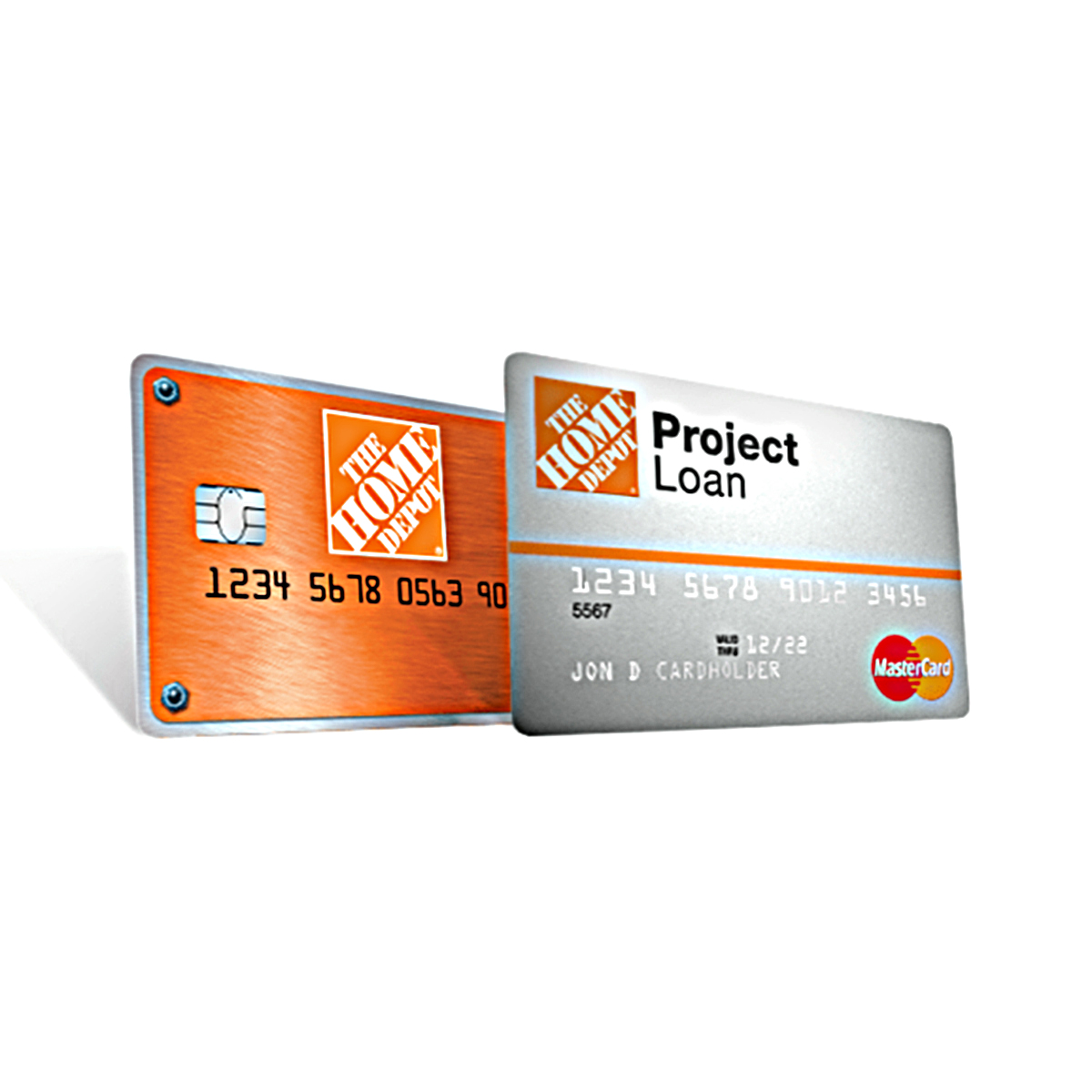
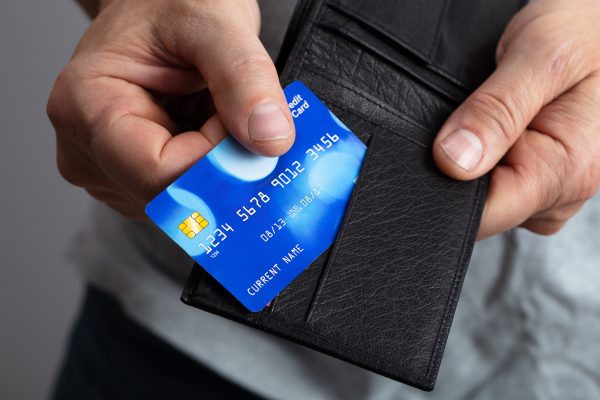


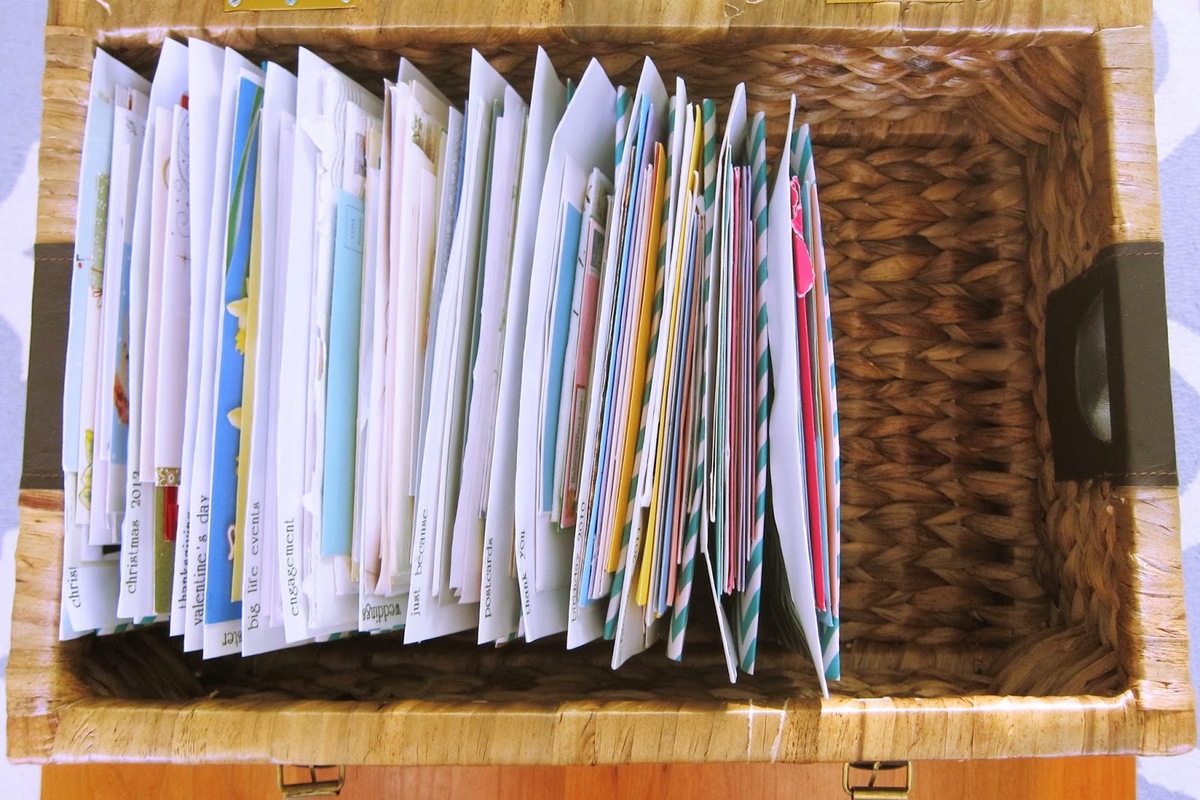

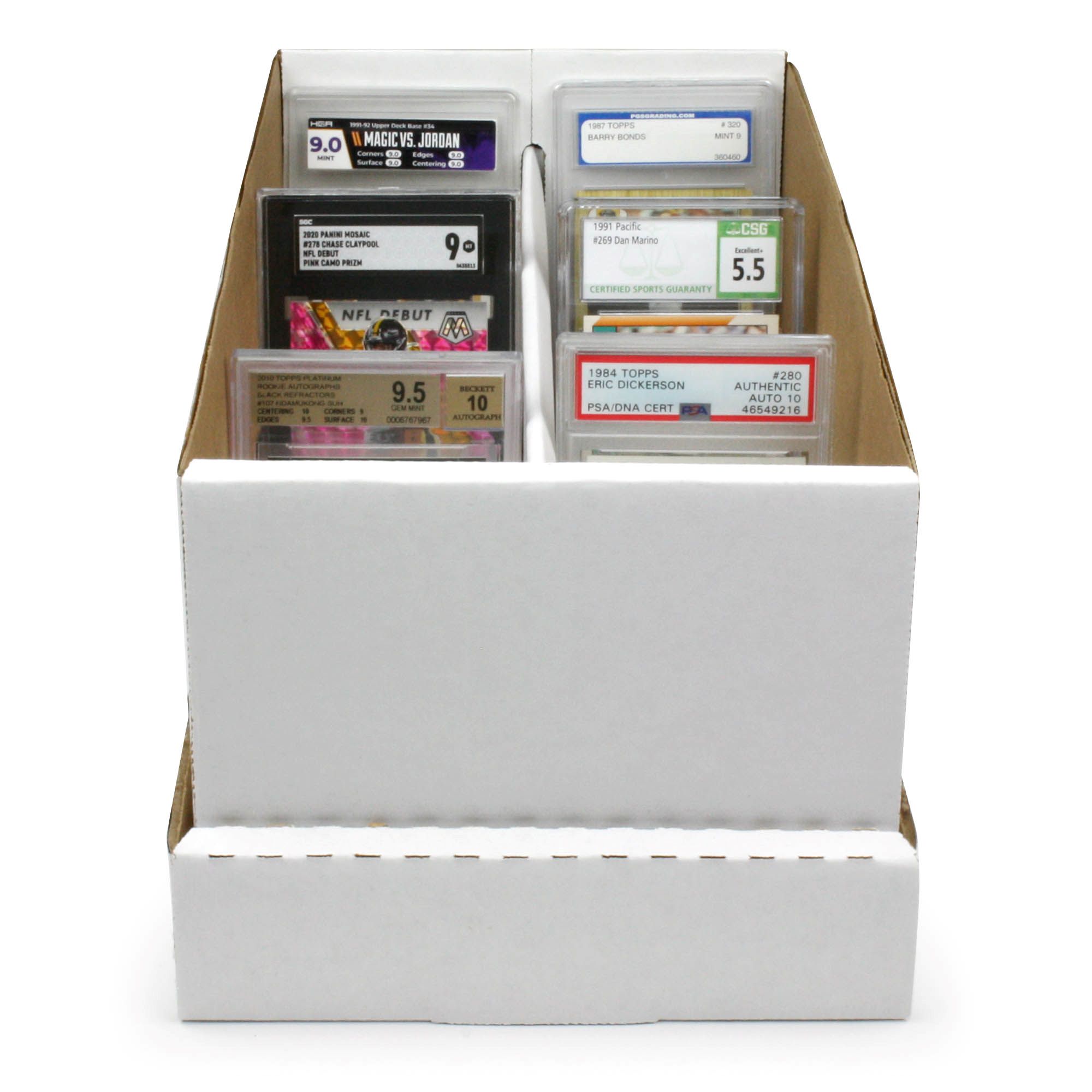



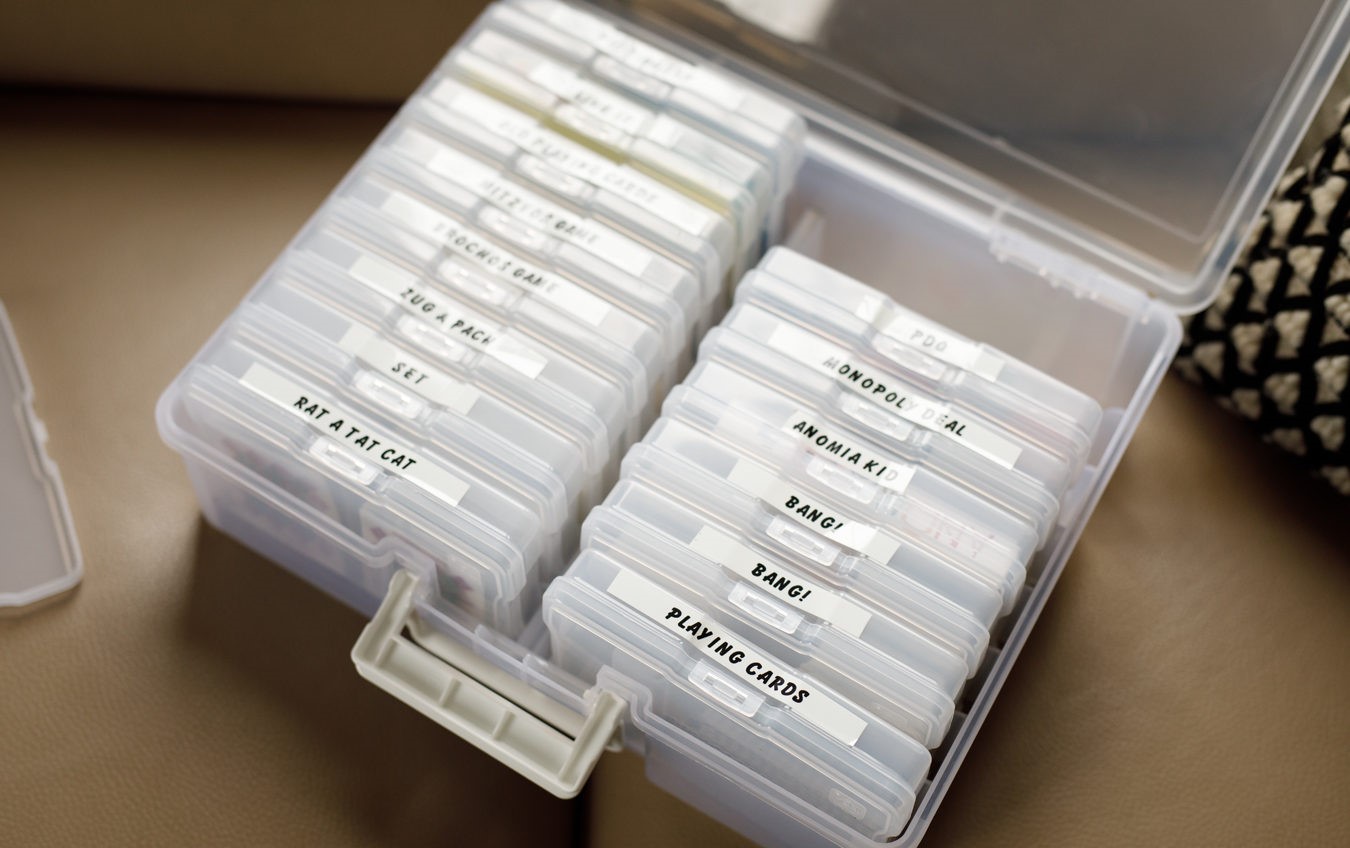

0 thoughts on “How To Store Credit Cards”